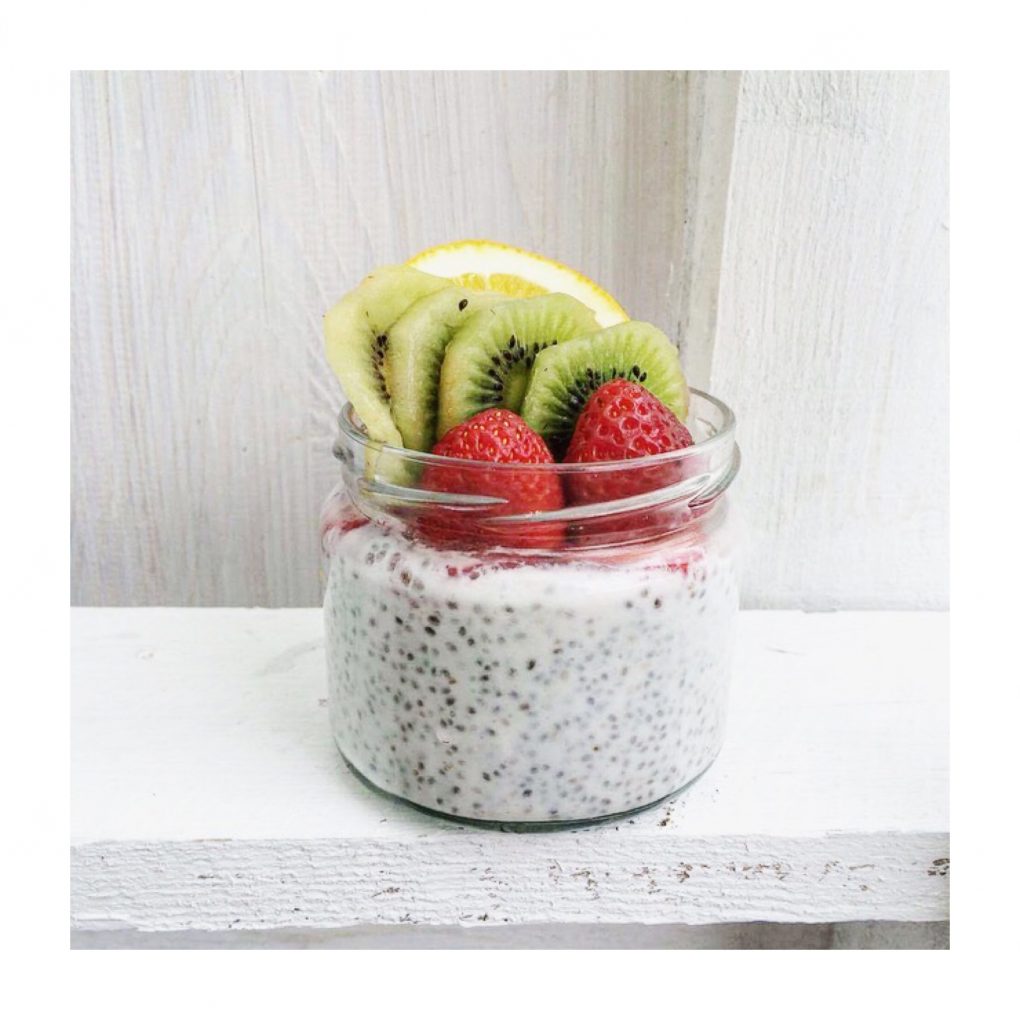
Chia seeds nutrition facts. How to eat it?
We had a lot of chia variations :), but why not to enlarge you menu even more. This time easy version 🙂
Chia seeds are an excellent source of alpha-linolenic acid, which is a precursor to other fatty acids omega 3. Omega-3 acids build our cell membranes, help to maintain normal cholesterol levels, help to fight hypertension, anti-inflammatory and anti-cancer properties
The oil from chia seeds contains 30% omega-3 and 40% omega-6. It is assumed that this is the optimal balance of exogenous fatty acids.
Chia seeds are also rich in antioxidants, which have a positive effect on our health.
Other benefits:
- chlorogenic acid,
- enhancing insulin sensitivity.
- caffeic acid
- antitumor activity: quercetin, kaempferol, and myricetin. In addition, quercetin may lead to a reduction of unpleasant symptoms of allergy.
- They are also rich in calcium, so especially good as its source for non-dairy diet.
- Due to the high content of soluble fiber, chia seeds support the proper functioning of the digestive tract
What else?
While eating chia we are slowing the absorption of sugars and we are helping to regulate their level in our blood. The huge amount of fiber contained in these small grains is beneficial to the digestive system and provides long satiety. For this reason, chia seeds are indicated for people struggling with overweight and obesity.
How to eat chia seeds?
They can be added as a supplement to most dishes – they have a mild nutty flavor and most likely they taste good with everything. Consuming both chia and flaxseed improves the absorption of omega 3 (note – eat everything in reasonable quantities – chia contain omega 6 which is a pro-inflammatory). The best way to extract valuable minerals and vitamins as well as to facilitate digestion is to soak them or grinding.
Better raw or soaked?
There are lots of discussions and theories about soaking chia seeds. The conclusion is one – soaking will not hurt, but on the it contrary will help, because enzyme inhibitors are released .
Soak for approx. 2 hours, in 1:10 proportion with water / vegetable milk. Chia seeds absorb large amounts of water and increase approx. 12 times. By eating such Chia pudding for breakfast, remember to steadily hydrate during the day/
In conclusion, I will mention benefits of chia seeds, and why it is worth it to add it on the menu:
Dietary fiber (11g – 42% of the recommended daily intake)
Protein (4.4 g – 9% RDV)
Omega-3 fatty acid (4915 mg)
Omega-6 fatty acid (1620 mg)
Calcium (77 mg – 18% RDV)
Copper (0.1 mg – 3% RDV)
Phosphorus (265 mg – 27% RDV)
Potassium (44.8 mg – 1% RDV)
Chia also contain essential fatty acids, alpha-linolenic acid and linoleic acid, vitamins A, B, E and D and minerals, including sulfur, iron, iodine, magnesium, manganese, niacin, thiamine. They are a rich source of antioxidants.
The proposed pudding recipe can be for breakfast, lunch or a sweet snack before a workout.
Preparation:
Mix all the ingredients thoroughly and vigorously with a spoon and then place it for few hours in the refrigerator. At the end, add fruits and nuts.
Bon Appetit!






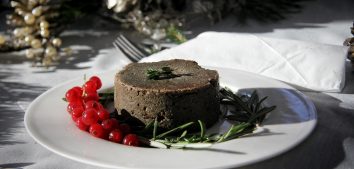
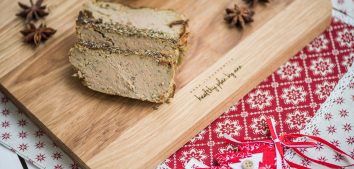
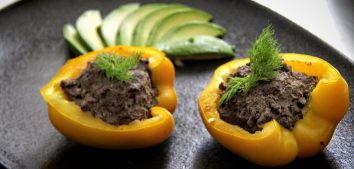
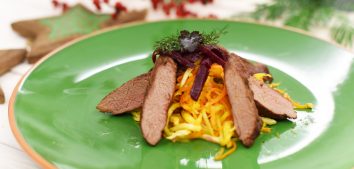
Comments 1 Comment
Join the discussion…
Thanks for sharing the best information on this topic is very useful to us.You did a great job about this category topic, You gave us such a great information on this topic.Thanks for sharing the best posts they amazing and very help us. I am very satisfied with your information and I like your site a lot.